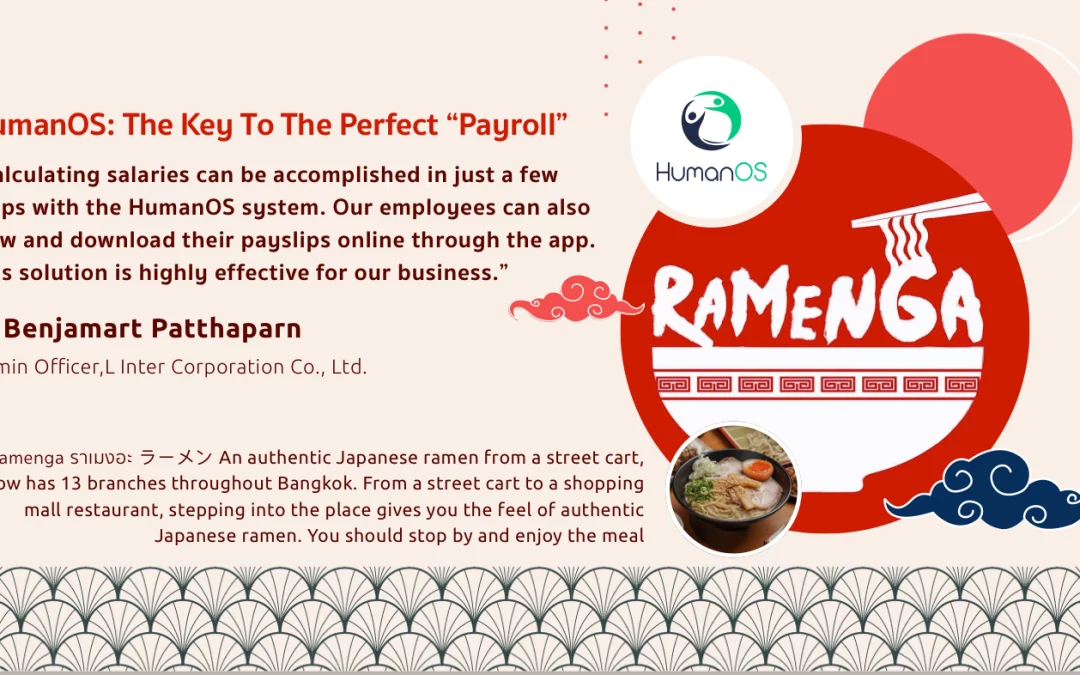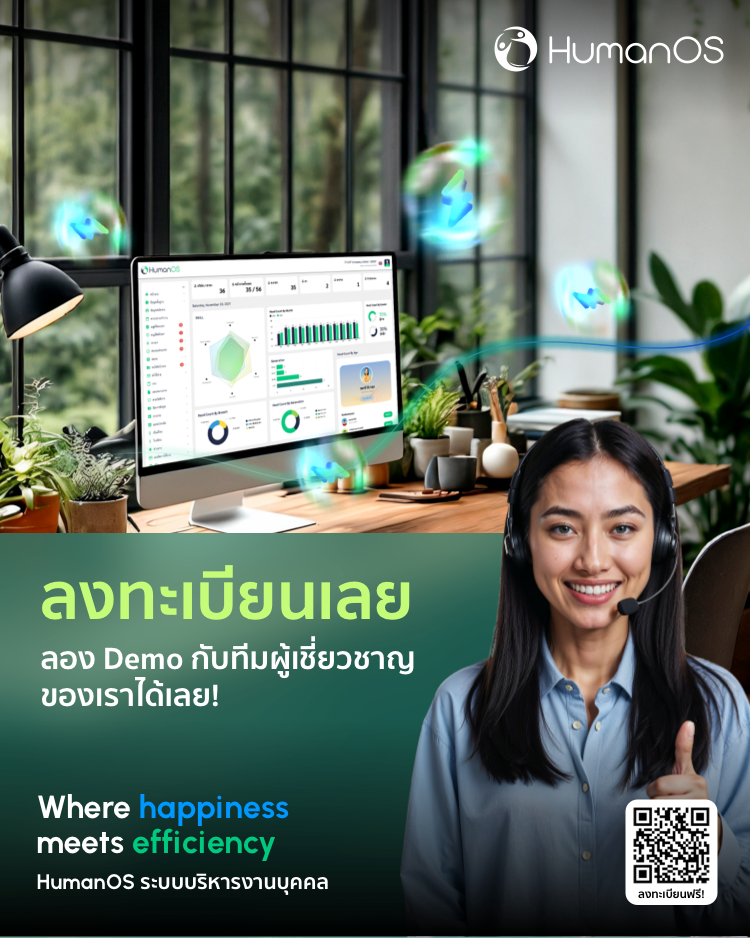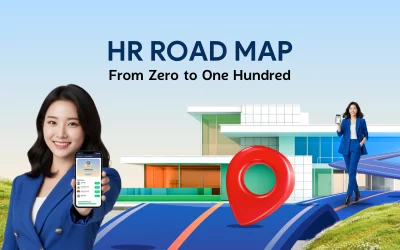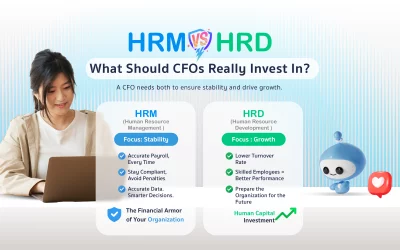A multigenerational workforce includes employees from multiple generations working together, often spanning:
- Silent Generation (1928–1945)
- Baby Boomers (1946–1964)
- Generation X (1965–1980)
- Millennials (1981–1996)
- Generation Z (1997–2012)
As lifespans increase, more people work beyond retirement age, creating the most age-diverse workforce in history. HR leaders should prioritize attracting, engaging, and developing talent across all generations to maximize potential.
Benefits of a Multigenerational Workforce
- Diverse Perspectives
Different generations bring unique viewpoints, enhancing innovation and team collaboration. - Enhanced Problem-Solving
Combining diverse experiences and skills fosters creative solutions to challenges. - Learning & Mentorship
Teams benefit from mentorship, with senior employees sharing career wisdom and younger ones introducing new technologies and trends. - Knowledge Transfer
Generational diversity ensures knowledge retention, supports leadership development and reduces external hiring needs.
Stronger Relationships
Cross-generational connections build meaningful relationships, boosting job satisfaction and creating a family-like environment.





